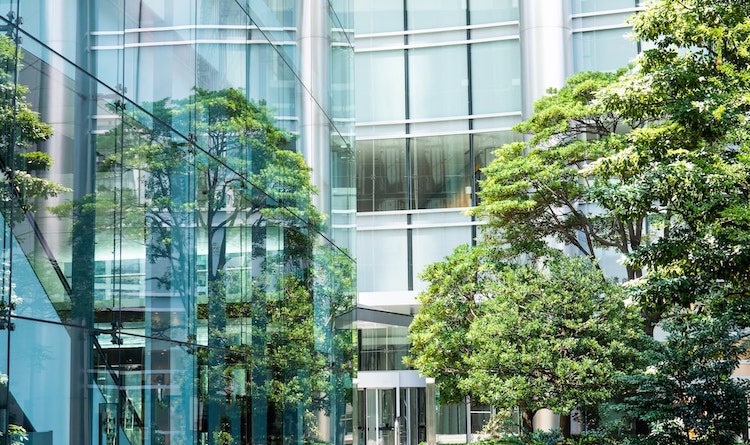In August 2013 the Department for Communities and Local Government (‘DCLG’) issued a consultation paper seeking views on further changes to permitted development rights as regards changes of use. This paper follows on from both the 2013 Budget, which announced the Government’s intention to consult on a wide range of changes, a number of which came in to force on 30 May 2013 (including the new permitted change of use from retail to offices).
The August consultation paper sets out five proposals, the first two of which impact in particular on the high street and retailing. These are:
- the creation of permitted development rights for a change of use (and associated physical works) from a building used as a small shop (A1) or provider of professional/financial services (A2) to residential (C3); and
- a permitted development right to enable retail (A1) to change to bank or building society only (which fall within A2).
The reasons for promoting these changes are briefly touched upon in the paper. The consultation paper explains that DCLG wish to enable owners to recognise the potential of the properties, realise the value in reusing brownfield land. It also reiterates DCLG’s focus on bringing empty and redundant buildings back into use.
In relation to the change from retail to residential, the paper expressly recognises that in some cases a retail use is unlikely to survive in the current retail environment – presumably alluding to competition in the form of online shopping. The new permitted development right will cover both the change of use and the physical conversion works. The physical works covered will be limited to the provision of new frontages, windows and doors. Equally any proposal will be subject to a prior approval process to cover design, the potential impact of the loss of the retail unit on the economic health of the town centre, the need to maintain adequate provision of essential local services (e.g. post offices) and the potential impact of the change of use on the character of the local area.
Further details on the proposal include:
- an upper threshold of 150m2
- conversion will be permitted to a single dwelling house or up to 4 flats, but not a house in multiple occupation
- the new permitted development rights will not apply in the case of ‘sensitive’ land – i.e. conversation areas, areas of outstanding natural beauty etc
As explained above, the consultation paper also briefly addresses allowing a permitted change of use from A1 retail to banks and building societies (note that a change of use the other way is already permitted). This is in recognition of the fact that high street banks have moved from being akin to offices in their appearance and operation, to a more open frontage, open plan retail form. Views are sought on what restrictions might apply to this change of use, for example whether there should be a size threshold. Note that DLCG do not currently propose that physical conversion works are included, and little detail is given as to whether there should be a prior approval process.
There is a sense that, as with many of the proposals to amend permitted development rights set out in the Budget, it will take an overwhelmingly negative response for DCLG not to pursue these changes. For example, the right to change from retail to offices was hardly welcome, as shown by the rush to apply for exemptions, but nevertheless was still enacted. It is likely therefore that these changes will go through in some form or another in the not too distant future.
The Government is particularly looking for responses from retailers, local planning authorities and developers. The consultation closes on 15 October 2013.
For the consultation paper please follow this link:
https://www.gov.uk/government/consultations/greater-flexibilities-for-ch…



